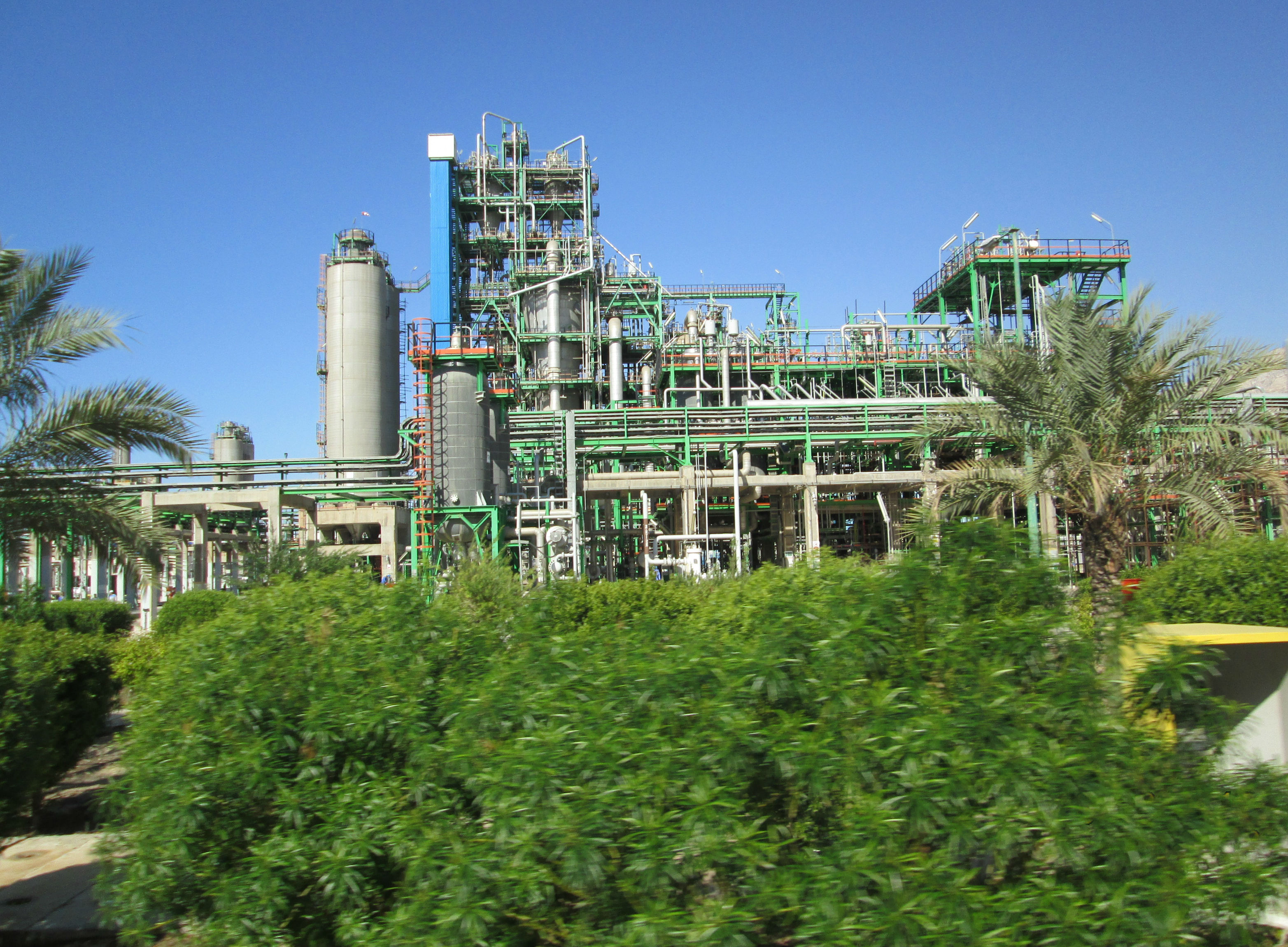Persian Gulf Petrochemical Industries Company and Parsian Oil and Gas Development Company intend to capture carbon dioxide (CO2) emissions in the city of Asalouyeh and use it to produce ammonia and urea, director of production control at the National Petrochemical Company said.
“Plans are underway to construct a 7300-ton ammonia unit as well as a 9000-ton urea plant to convert CO2 into value added finished products,” Ali Mohammad Bosaqzadeh was quoted as saying by IRNA on Sunday.
The port city of Asalouyeh in southern Bushehr Province is Iran's largest petrochemical hub, which reportedly produces 45% of the total petrochemical output.
According to the official, the initiative calls for completing the value-added chain in South Pars Phase 2 by converting CO2, hydrogen and nitrogen to generate higher value added commodities like ammonia and urea using two different processes, namely hydrocarbon and methanol synthesis.
Noting that collection of CO2 and its conversion into other products can generate higher revenues, Bosaqzadeh said the plan that is an important challenge for clean energy research will be implemented with the help of domestic experts. The Research Institute of Petroleum Industry is planning to play a role in the project.
"Even if a small fraction of the domestically emitted CO2 is captured, there will be a large quantity of CO2 available to be utilized in a variety of ways," he noted, saying that CO2 should not be regarded as a waste product, but as an asset, which with ingenuity can be used in a sustainable way.
Experts believe that fossil fuel depletion, global warming, climate change and rise in fuel prices are compelling enough reasons to study the commercial and environmentally friendly fuels. The process of CO2 conversion to value-added products has been considered as a possible remedy to fulfill the requirements.
CO2 is a colorless and odorless gas that is vital to life on Earth. It is a versatile industrial material, used, for example, as an inert gas in welding and fire extinguishers, as a pressurizing gas in air guns and oil recovery and as a chemical feedstock.
Urea is mainly used as a fertilizer in agriculture and also consumed as raw material for other industrial purposes. Ammonia is also largely used to produce fertilizers as well as fibers, resins and explosives.
Iran's petrochemical production capacity is around 63 million tons a year. Tehran hopes to boost the volume to 140 million tons by 2020.
According to Wood Mackenzie, a global leader in commercial intelligence for energy, having the world’s second biggest natural gas reserves after Russia and the fourth-largest proven oil reserves, Iran can accelerate the development of petrochemical projects provided it can attract $70 billion foreign investment.
"We believe Iran can attract $70 billion in investments, but only over a prolonged period that confirms it is an attractive investment opportunity," Afsar Hussain, an expert in Wood Mackenzie's EMEARC Refining and Chemicals research team said.


